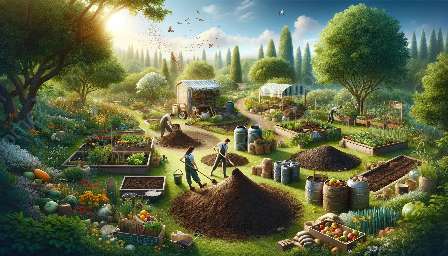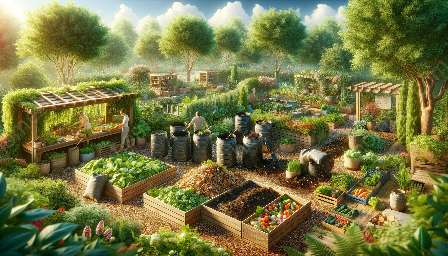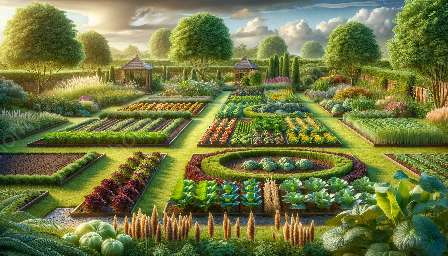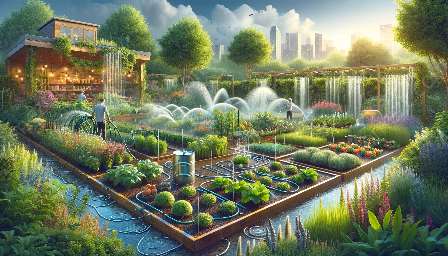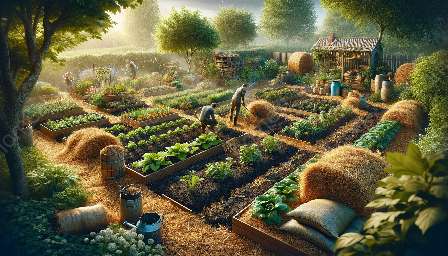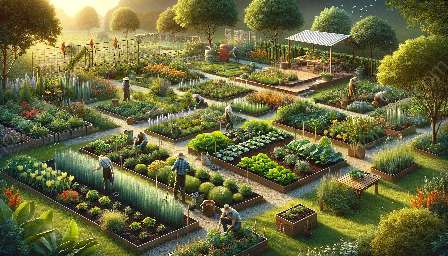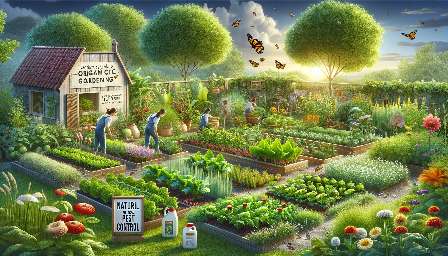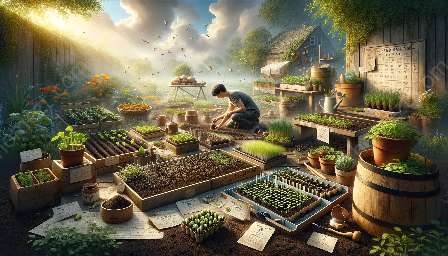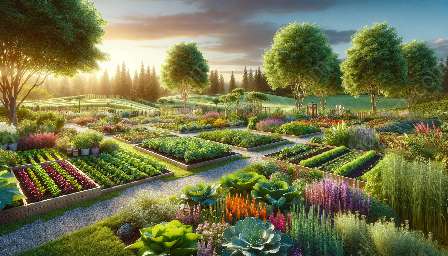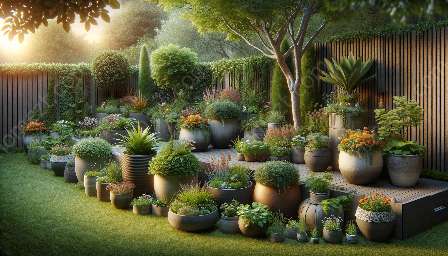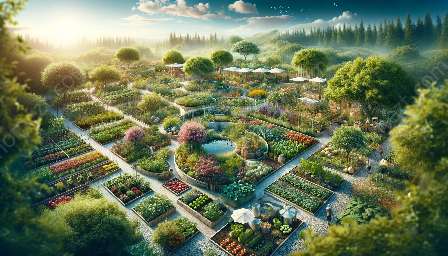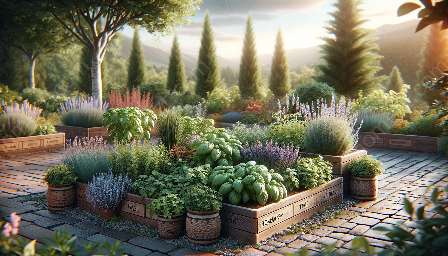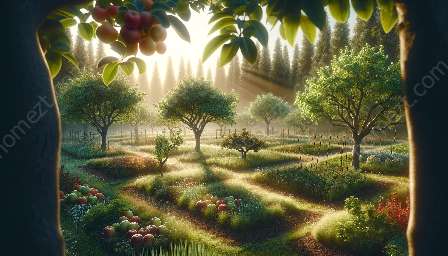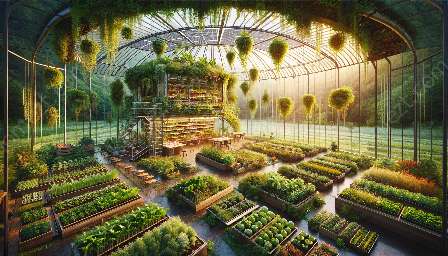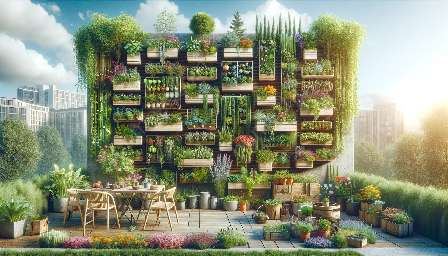Herb gardening is a delightful and practical addition to any organic garden, offering a diverse range of culinary, medicinal, and aromatic benefits. This comprehensive guide will explore the art of herb gardening, its compatibility with organic gardening, and its contribution to the landscape.
The Art of Herb Gardening
Herb gardening involves the cultivation of plants that are used for culinary, medicinal, or aromatic purposes. It's an age-old practice that not only adds beauty and fragrance to the garden but also provides a sustainable source of flavor and wellness.
Choosing Herbs
When starting an herb garden, it's essential to carefully select the herbs based on your needs and the climate of your location. Some popular choices for culinary herbs include basil, thyme, oregano, and mint, while medicinal herbs like lavender, chamomile, and echinacea offer healing properties. Aromatic herbs such as rosemary, sage, and lemon balm can also enhance the sensory experience of your garden.
Organic Herb Gardening
Organic gardening principles can be seamlessly applied to herb gardening, ensuring that the herbs are grown in harmony with nature without the use of synthetic pesticides or fertilizers. This approach promotes biodiversity, protects the environment, and yields healthy, nutrient-rich herbs that are free from harmful chemicals.
Benefits of Growing Herbs
Herb gardening offers an array of benefits. From the joy of harvesting fresh herbs for cooking to the therapeutic value of tending to medicinal plants, and the visual and olfactory appeal of aromatic herbs, there's much to be gained from cultivating herbs. Additionally, growing herbs can attract beneficial insects, promote ecological balance, and contribute to sustainable livelihoods.
Herb Gardening in the Landscape
Integrating herb gardening with landscaping adds both functional and aesthetic dimensions to outdoor spaces. Herbs can be incorporated into various landscaping designs, such as formal herb gardens, cottage-style plantings, or as edging along pathways and borders. Their versatility allows them to blend seamlessly with other plants, enhancing the overall visual appeal of the garden.
Companion Planting
Understanding the principles of companion planting can maximize the benefits of herb gardening within the landscape. By strategically planting herbs alongside vegetables, flowers, or other herbs, you can enhance soil fertility, repel pests, and attract beneficial insects, leading to a healthier and more productive garden.
Design Considerations
When designing an herb garden within a larger landscape, factors such as sunlight, water requirements, and growth habits of the herbs need to be taken into account. Grouping herbs with similar needs together, creating accessible pathways for maintenance, and incorporating attractive features like decorative containers or trellises can elevate the aesthetic appeal of the herb garden within the broader landscape.
Conclusion
Herb gardening is a fulfilling and enriching pursuit that aligns seamlessly with the principles of organic gardening and landscaping. Whether you're a seasoned gardener or just starting out, the world of herbs holds a treasure trove of possibilities waiting to be explored. By cultivating a diverse array of herbs, you can not only enhance the flavor and vitality of your meals but also create a sanctuary that engages all the senses and supports a thriving ecosystem.

